News: We are launching very soon, become our early user (Free of Cost)
News: We are launching very soon,
become our early user (Free of Cost).
Sectors / Disaster Management
Leveraging geospatial analysis and AI, our disaster management solutions provide real-time monitoring and predictive analytics to enhance preparedness and response efforts, ensuring swift and effective mitigation of natural and man-made disasters.
Preparedness
Response
Recovery
Risk Reduction
Communities engage in strategic planning to ensure they are ready to respond effectively to potential disasters
Emergency services mobilize quickly to provide immediate assistance, rescue operations, and relief to those affected by the disaster.
Efforts focus on restoring normalcy through rebuilding infrastructure, providing support to affected communities, and revitalizing the local economy.
Long-term strategies are implemented to minimize future disaster risks, including conducting vulnerability assessments, detecting environmental and infrastructural changes and strengthening infrastructure.
Resource Inventory
Conduct an inventory of available resources and capabilities to ensure readiness for potential disasters.

Hazard Identification
Identify potential hazards and assess their likelihood and impact to develop effective emergency plans.
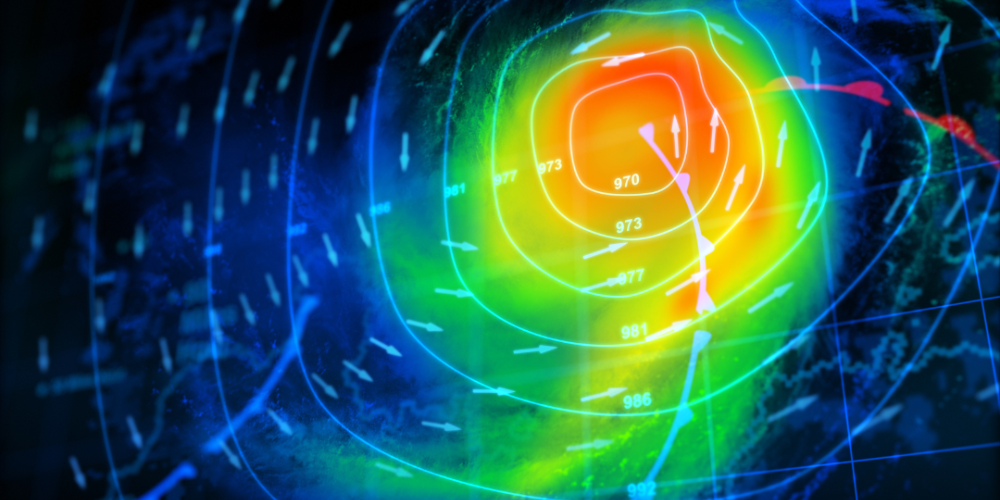
Debris Detection
Post-disaster debris identification using advanced detection methods
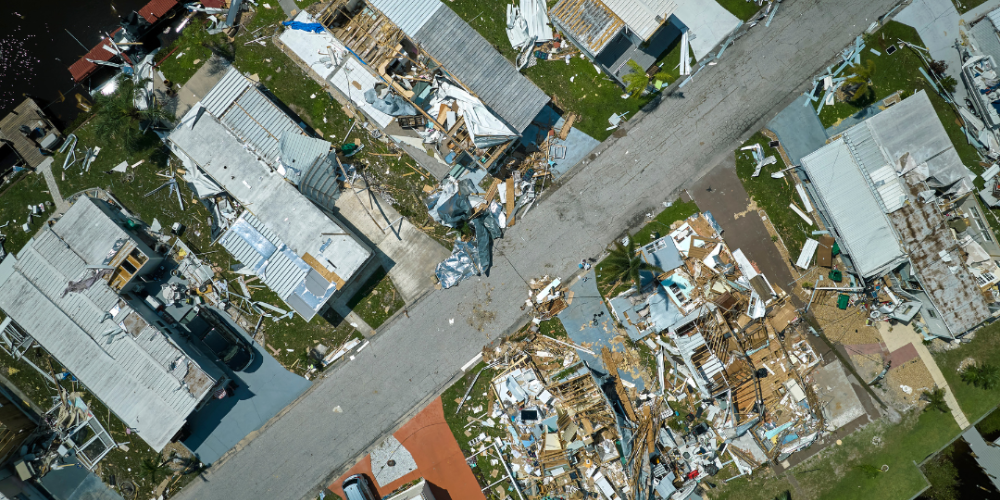
Human detection
Utilize human detection technology to locate survivors and aid rescue efforts
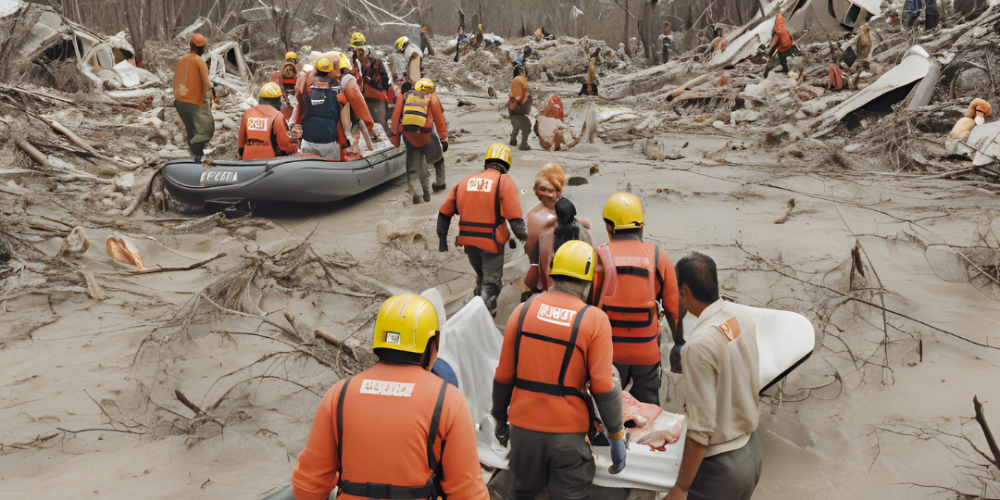
Impact Assessment
Identify highly impacted areas and prioritize resource allocation for emergency response.

Damage Assessment
Conduct damage assessments to evaluate the extent of destruction
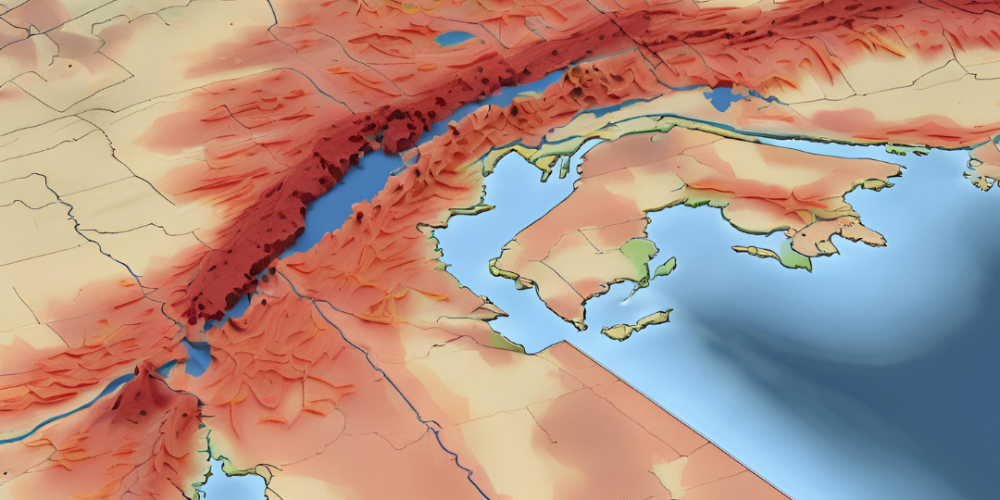
Needs Assessment
Assess the needs of affected communities to prioritize recovery efforts and allocate resources effectively.
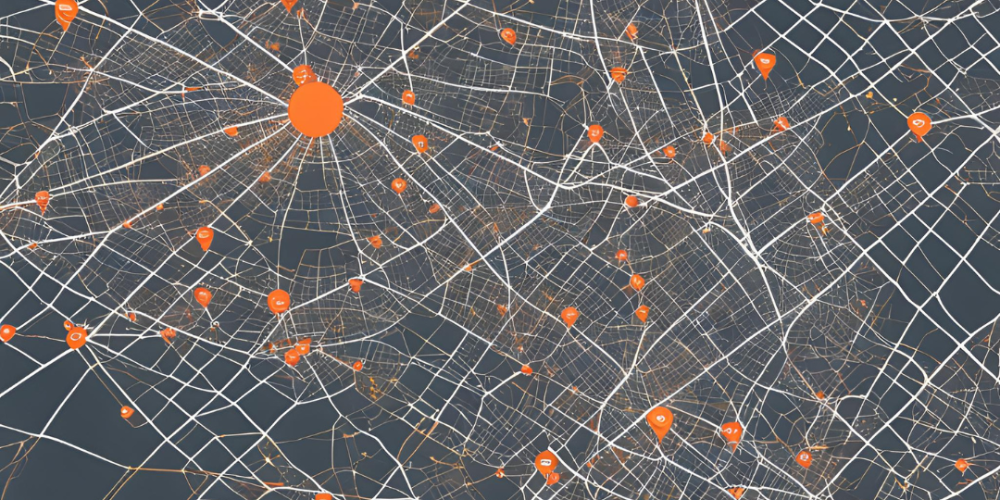
Change Detection
Change detection for disaster-affected area for timely recovery

Vulnerability Assessment
Assess vulnerability of infrastructure and communities to enhance preparedness

Preparedness

Response

Recovery

Risk Reduction

Communities engage in strategic planning to ensure they are ready to respond effectively to potential disasters.
Emergency services mobilize quickly to provide immediate assistance, rescue operations, and relief to those affected by the disaster.
Efforts focus on restoring normalcy through rebuilding infrastructure, providing support to affected communities, and revitalizing the local economy
Long-term strategies are implemented to minimize future disaster risks, including conducting vulnerability assessments, detecting environmental and infrastructural changes and strengthening infrastructure.
Resource Inventory
Conduct an inventory of available resources and capabilities to ensure readiness for potential disasters.

Hazard Identification
Identify potential hazards and assess their likelihood and impact to develop effective emergency plans.

Debris Detection
Post-disaster debris identification using advanced detection methods

Human detection
Utilize human detection technology to locate survivors and aid rescue efforts

Impact Assessment
Identify highly impacted areas and prioritize resource allocation for emergency response.

Damage Assessment
Conduct damage assessments to evaluate the extent of destruction

Needs Assessment
Assess the needs of affected communities to prioritize recovery efforts and allocate resources effectively.

Change Detection
Change detection for disaster-affected area for timely recovery

Vulnerability Assessment
Assess vulnerability of infrastructure and communities to enhance preparedness

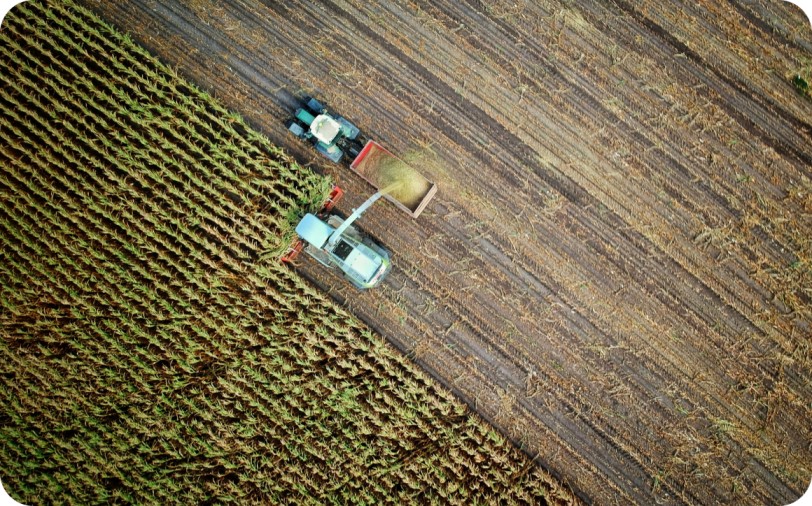
Utilize geospatial assessments to optimize agricultural practices, maximize yields, and ensure sustainable food production.

Harness geospatial data to monitor ecosystems, biodiversity hotspots, and environmental changes for effective conservation strategies.

Employ geospatial analyses to facilitate urban planning, infrastructure development, and resource allocation for sustainable and resilient cities.
Automated Geospatial Analytics
A Product Proudly Made in India 🇮🇳 By GISKernel